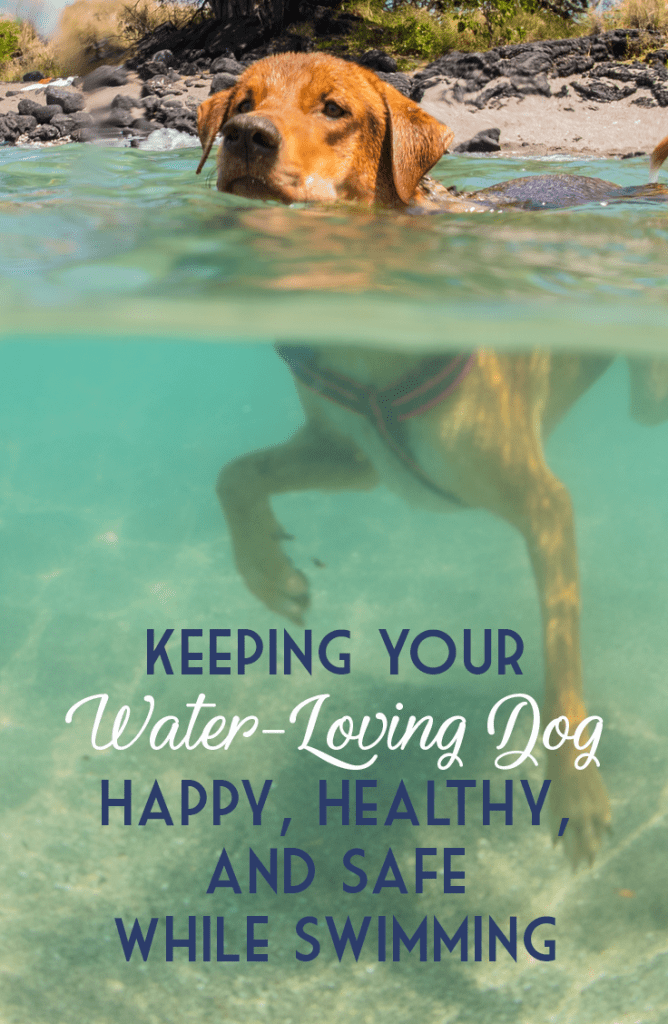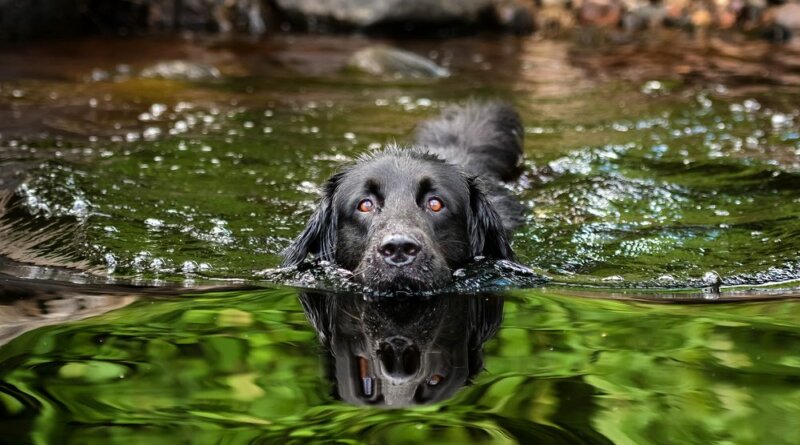Tips for Keeping Your Dog Happy, Healthy, and Safe in the Water
It’s certainly not uncommon for dogs to have a love for the water. Though, this can come in various forms. Some dogs may be enthusiastic swimmers. Others will simply adore splashing around in the dirtiest and deepest puddle they can find.
Whatever form of avid water dog your furry companion is, they will need extra care when it comes to this aspect of their life. In some circumstances, water-based activities can be directly hazardous. There may also be general health risks involved in your dog’s regular contact with certain types of water sources.
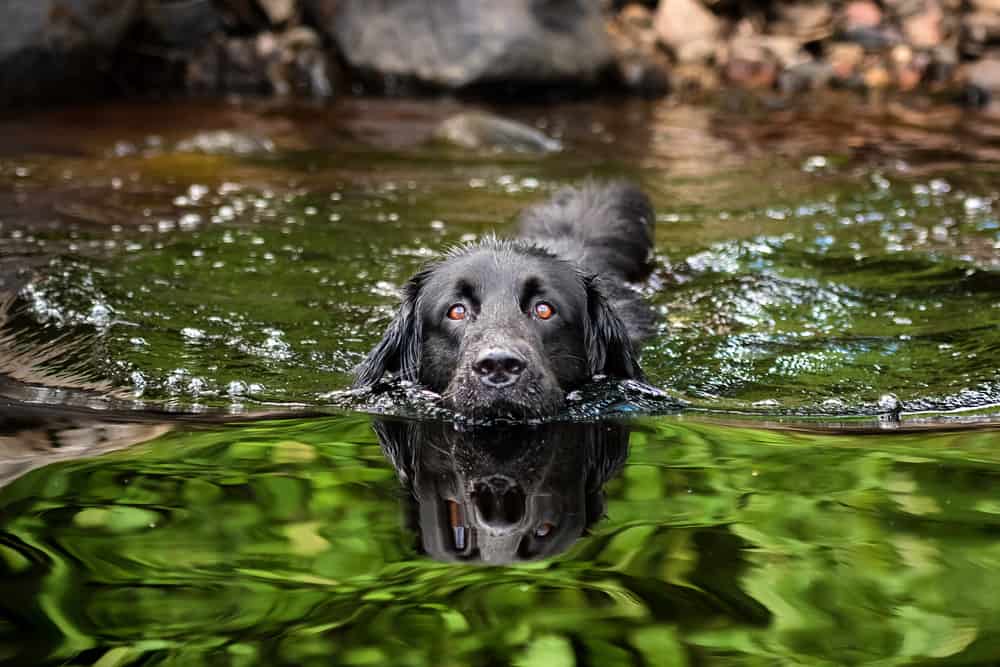
Let’s run through a few of the key areas you can help make your water dog’s experiences positive.
Prioritize Safety
Many dog owners put great consideration into where they take their pets to get some fun and exercise. It’s obviously important to find secure dog parks and hiking trails that are well-maintained. You need to take the same approach when finding safe spots for your dog to enjoy the water. Indeed, given how water can present specific hazards, you may need to be more thorough than usual.
You can begin by examining local water quality levels. Before you set your dog free to dive into local rivers, creeks, and waterways, you should do a little research. Look at how local industry interacts with the ponds and reservoirs in your area. This isn’t just in respect of industrial waste producers in sectors you may immediately think of. The Environmental Protection Agency (EPA) reported 35% of Toxics Release Inventory (TRI) chemicals released into waterways in 2019 were done so by the food manufacturing industry. Consider natural contaminants in the water, too. You can get home testing kits for the presence of blue algae in the water.
Rather than visiting a body of water, you may decide it will be best for you and your dog to live by the water. A waterfront home has some significant lifestyle benefits for you both, aside from the potential for incredible views and relaxed surroundings. This allows you to take advantage of private access to your part of the waterway with your dog and to relax in peace. However, as you enjoy this waterfront, it’s also important to make sure you put safety protocols in place. Secure your doors so your dog cannot access the water without you being present. Make sure any backyard ponds have necessary coverings and riverbanks have sufficient fencing.
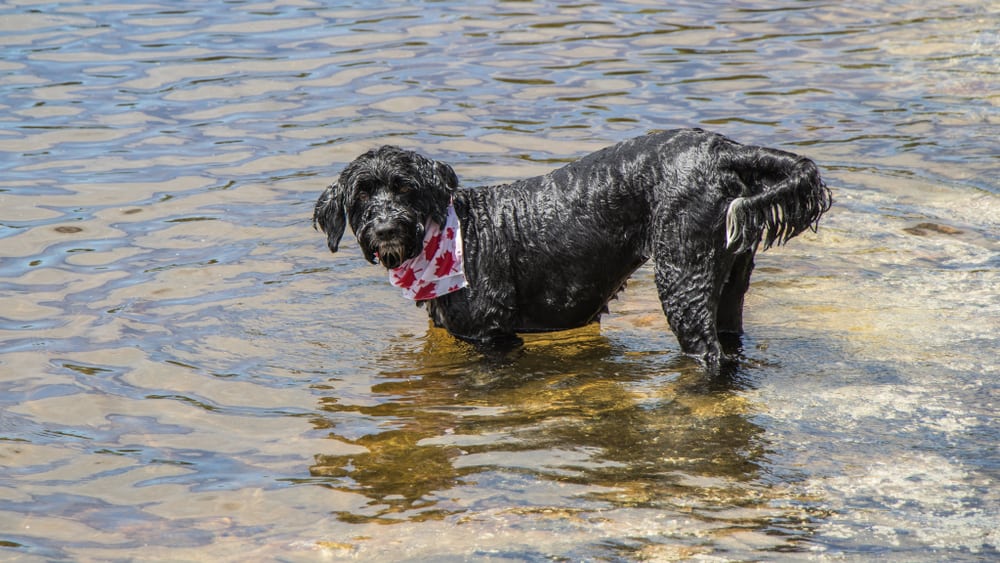
Prepare Your Resources
Some of the best moments with your dog will be spontaneous. But it’s important to remember a little preparation is vital in making certain you and your dog can have a safe time when dealing with water. It can give you the confidence that your furry companion is protected and happy. You’ll also find having solid components sets a supportive stage for those memorable spontaneous moments to occur.
Many dog owners have a regular kit of items they take with them whenever they go for a walk with their dog. It’s important to build a specific collection for when you’re on the water. This is especially vital if you’re a new dog owner who is still learning about the must-have items that can keep them safe and happy while out and about. This should include some food, as your dog is likely to be expending energy if they’re swimming in the water or running along the beach. A fresh water supply is important, too. The salt of seawater may well make them more dehydrated, and taking a bottle of clean water and a bowl with you can help combat this. A few light grooming products — at least a towel and a brush — can take care of any uncomfortable dampness and tangles in the fur after they come out of the water.
It’s not just the physical care items you should prepare, though. Remember, their time on and in the water should be a source of positive stimulation. Prepare some games you can play together on the water. Invest in a few waterproof and floatable toys that won’t get lost or damaged beyond a little light cleaning. Make sure your water excursions are a point of joy for you both.
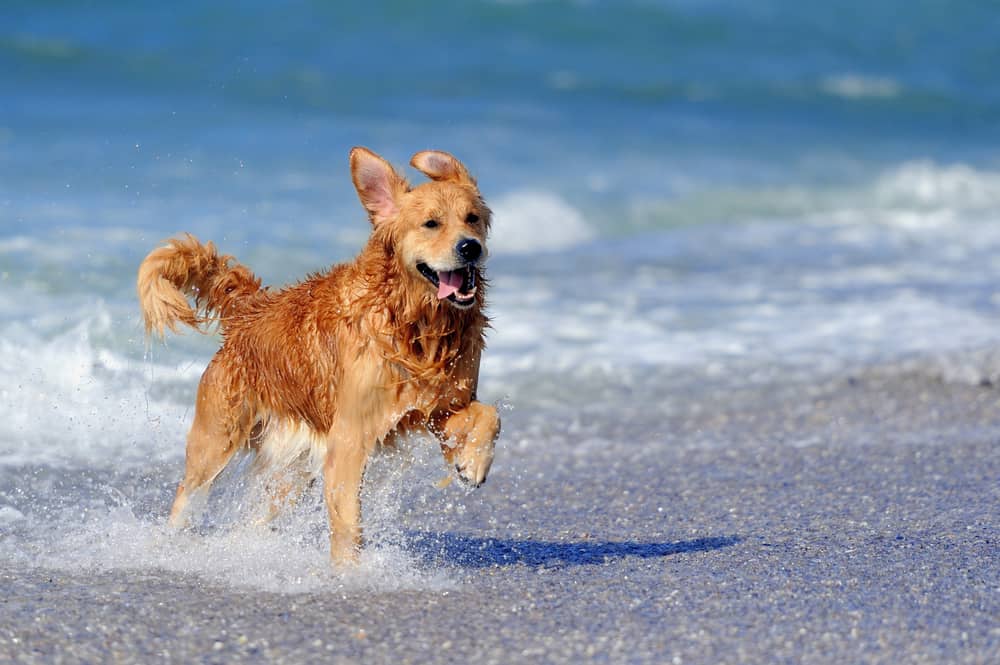
Exercise Aftercare
Regular time on and in the water can be great for your dog’s wellbeing. However, it’s important to remember that time in the sea or river can have a greater impact in the days and weeks beyond. Your dog may wind up taking back elements of their adventures that can cause harm and discomfort in the long run. This means part of your approach must include a commitment to thorough aftercare.
This begins with an inspection. Either back on dry land or when you return home, take a little time to run a comb or brush through your dog’s fur. Check for any cuts they may have sustained during their swim. The last thing you or your dog wants is to discover they have an infected wound from the water. If they’ve been swimming in rivers, check for leeches — these don’t tend to transmit disease, but they can cause discomfort. Also examine your dog for insects and pests that inhabit riverbanks, particularly ticks.
Following your examination, it’s also wise to engage in some skin and coat treatment. Bathe them to help wash away any waterborne impurities. Saltwater is generally considered to be relatively safe for dogs. At the same time, prolonged exposure can lead to symptoms of skin dryness such as flaking and irritation. Using a conditioner to nourish their coat and moisturize their skin is a good step.
Conclusion
The water can be an exciting place for dogs. However, it’s worth committing to actions to enhance their safety and happiness in this environment. Do some research to ascertain the condition of the water you’re visiting. Take a little time to prepare resources and make certain your dog is healthy and comfortable after the fact. Owning a water dog can be an enriching experience for you both, it’s important to make sure it continues to be nothing but positive.

Jori Hamilton is a writer from the pacific northwest.
You can follow her on Twitter @HamiltonJori and see
more of her work at writerjorihamilton.contently.com.
Enjoyed this article? Pin it!
